If you don’t know much about Torrontés, summer’s actually a pretty good season to learn. Since we assume, or hope, you’ll be spending more of your money on some beach time or awesome travel destinations, it’s nice to save a little bit when it comes to wine. And like other South American wines, Torrontés is (currently) a pretty big steal.
There are actually three kinds of Torrontés grapes grown in Argentina—Riojano, Sanjuanino, Mendocino. (You might have also seen a Spanish Torrontés, but they’re not the same grape. Yeah, confusing.) Riojano is generally agreed to be the most flavorful and aromatic, and the Salta region is generally accepted as having the best Torrontés growing conditions (which, by the way, are among the world’s most extreme, including a site that’s 3,000 meters above sea level). That’s not to say you can’t also get plenty of quality Torrontés from the Mendoza region, but if you can find Salta, grab it.
Not to downplay the complexity of the grape—it’s very aromatic, as you’ll see below—but once you have a few bottles, you’ll have a pretty solid sense for the way it expresses. (Bonus points, since Torrontés is the dominant white grape in Argentina, once you learn about it you can tell people you’ve mastered an entire country’s white wine output!) Prices typically fall in the $10 to $20 region, in part because Torrontés, like Verdejo, should be drunk young*. Look for notes of citrus, a garden of white florals, and mild peach and tropical fruit flavors. And then pour another glass and look again.
*Unless otherwise noted, buy the most recent vintage you can find!
2015 Michel Turino Cuma Organic Torrontés
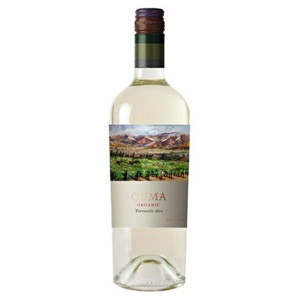
This wine’s all about the grape, aged in steel tanks, so you’ll get pretty unadulterated expression of the fruit here. That means some soft tropical fruit cut through with citrus and a palate-cleansing acidity and even a hint of spice. Give it a little chill and you’ve got a nice glass of organic refreshment.
2014 Familia Zuccardi “Serie A” Torrontés
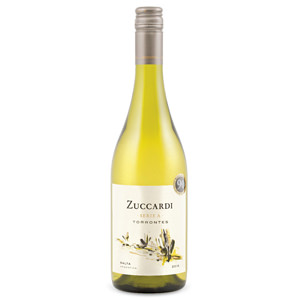
Light peach flavors and white florals on the nose, but it’s not all soft and plump. Take a sip and you get firm citrus flavors and just a hint of minerality, with enough acidity to balance out the structure, though it does finish on the smoother side.
2015 Catena Alamos Torrontés
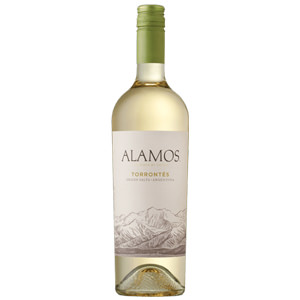
Another fruit forward expression, aged in stainless steel and taken off the lees (those dead yeast cells) pretty quickly. The result is juicy tropical fruit balanced out by a floral- and herb-scented freshness with a structural, citrusy acidity that keeps things from getting too flabby.
Terrazas de los Andes Reserva Unoaked Torrontés
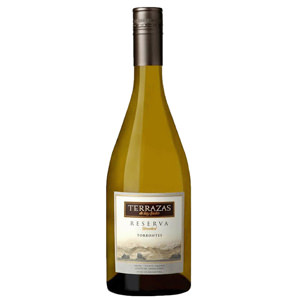
Another bottle from the Salta region (with those ridiculously high, steep vineyards), with a little bit more minerality and body. You’ll still get white peach skin and tropical flavors, but the citrus is almost mixed in with a bit of pith. One of the more “expensive” bottles, but even here you’re not spending over $20.
2014 Santa Julia Torrontés
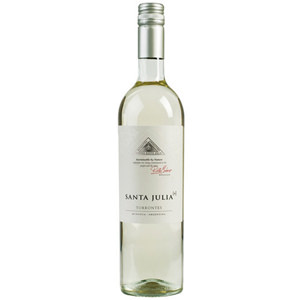
Tiny hits of floral come at you like, well, tiny hits of floral—a bit like the perfume of pear skin, edging toward white flowers. Citrusy and lush with orchard peach, plus just the littlest bit of green meadow.
Dona Paula Estate Torrontés
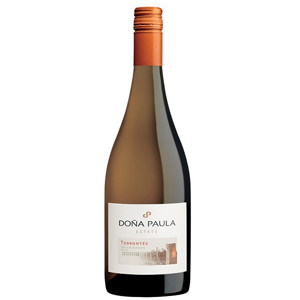
Here you’ll get citrus and slightly more forward tropical fruit flavors. A softer acidity allows those delicate floral notes to linger a bit longer on the palate. If you’re not wearing some soft white cotton already, you’ll want to after this.
El Porvenir Laborum Torrontés
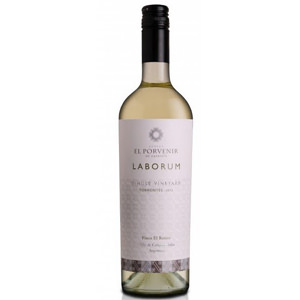
They also have an oaked version, but since we’re celebrating the Torrontés grape, we say start with the unoaked. You’ll get fresher green notes intermingled with light fruit flavors, citrus, and just a bit of light florals.
Bodegas Esmerelda 2015 Tilia Torrontés
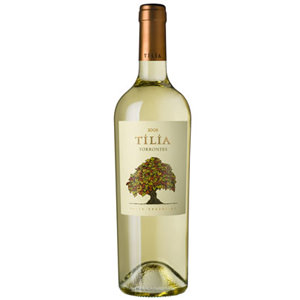
Generously aromatic, like most Torrontés, with hints of green herb and even a bit of spice. Not that it’s abrasive; you’ll still get the balance of supple fruit and modest acidity. A good option for pairing, especially with Asian cuisines.
2014 Kaiken Torrontés Terroir Series
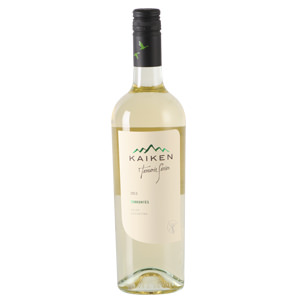
Grapes for the Kaiken “Terroir” series actually come from both Salta and Mendoza. Salta grapes provide a brighter acidity to the wine, lifting those light garden aromatics and balancing out the softer mouthfeel.
Susana Balbo Late Harvest Torrontés
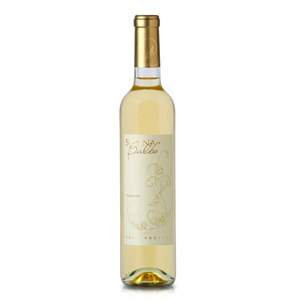
Late harvest wine is exactly what it sounds like—wine made from grapes harvested late, with more residual sugar yielding a sweeter product. You’ll get more honey and nectar flavors along with the classic florals and citrus aromatics. Give it a slight chill and sip it after a long, hot day.
